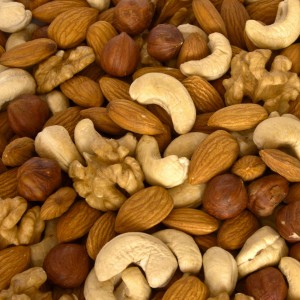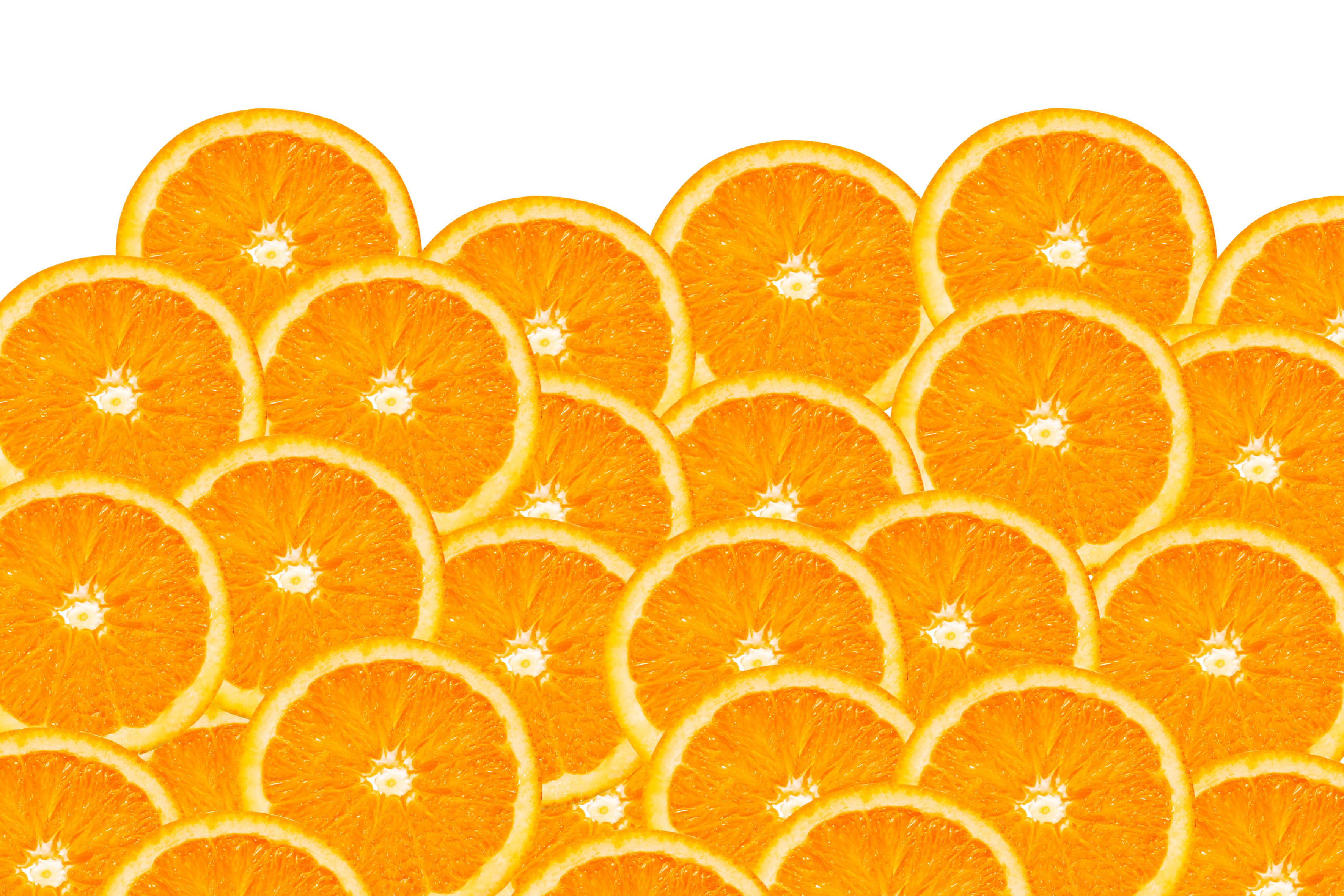
by Michelle Dwyer | Jun 26, 2013 | Blog, Health, Nutrition
As if there weren’t already enough reasons to limit your intake of fast food, now a recent study links that hamburger and fries from the drive-through to an increased risk of asthma, eczema, and rhinitis in teens and children. According to the very extensive study, “Eating fast food meals at least three times a week was linked to a 39% increased risk of severe asthma in teenagers and a 27% increased risk among children between ages six and seven” (Sifferlin, par. 5).
The good news? Eating fruits can help reduce the incidence of these same symptoms! The study found an 11% decrease in severe symptoms in teens and 14% decrease in kids when they ate three or more servings of fruit.
So pack those apple slices and almond butter for a snack, throw that delicious mandarin orange into the lunch box, and serve fruit as dessert! Your children will thank you for it.
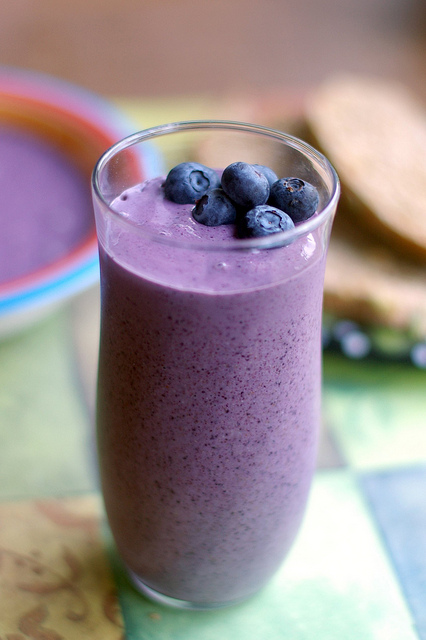
by Michelle Dwyer | Jun 5, 2013 | Blog, Health, Nutrition, Recipes, Vegetarian/vegan
I often get asked what protein powder I recommend. It’s a great question, so here are a few guidelines:
- Read the label. Looks for additives like sugar, color or filler. I prefer a protein powder that is more basic and unsweetened. You can always add your own small amount of sweetener to your smoothie, but if it is in the mix, you can’t get it out. I usually recommend sweetening with just fruit or a date.
- I usually avoid soy in my protein powder, particularly soy protein isolate. This form of soy is highly processed. Soy is also an additive in a lot of foods, so I try to limit my soy consumption to miso, tempeh and sometimes tofu.
- Whey: Whey is actually one the best sources of protein. However it is a dairy product, so if you have any dairy sensitivity, then it should be avoided.
- Hemp protein, pea protein or brown rice protein: I like the hemp because it is the least processed–usually just ground hemp seeds. The taste is fairly neutral, maybe a little nutty, and it can be a little gritty. Brown rice and pea protein are often good choices as well. When possible, look for organic.
- Additions of green juice powders, probiotics or enzymes can be great if you want that in your powder as well. Sometimes I do. Just be sure to read the label carefully to look for hidden ingredients you may not want to be eating.
- Lastly, you have to experiment to see what you like. I’ve tried dozens of protein powders—some I liked, some I didn’t. It’s probably also not a bad idea to switch up protein powders from time to time. Our bodies like variety!!
Here’s a basic smoothie recipe to get you started:
1/2 cup unsweetened almond milk
1/2 coconut water
1/2 cup frozen blueberries
1 serving of protein powder
1-2 T. of chia or flaxseeds
Enjoy!

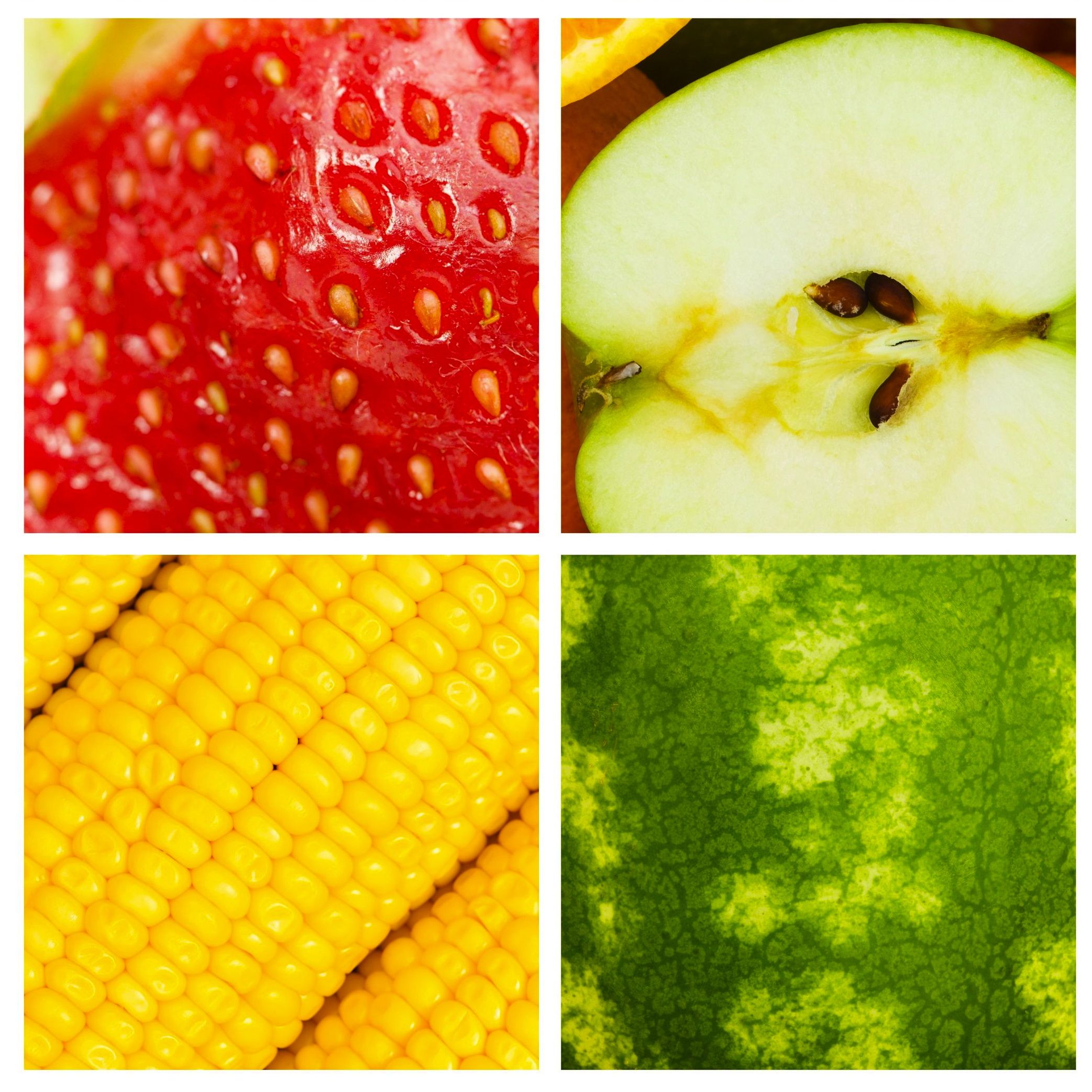
by Michelle Dwyer | May 28, 2013 | Blog, Health, Nutrition, Vegetarian/vegan
Most of us could really benefit from being more connected to our minds, bodies and spirits. Good health follows this basic principle. Please read my article “6 Steps To Slow Down And Reconnect With Our Food” to find out some to make eating more sacred.
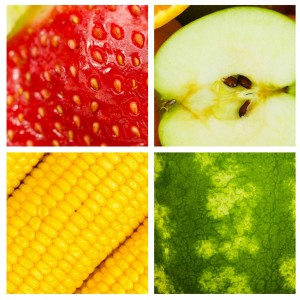

by Michelle Dwyer | May 15, 2013 | Blog, Health, Nutrition
The thirst mechanism
Did you know that our body has a thirst mechanism that kicks into place to let us know when we need to drink more water? Our mouth becomes drier and we become thirsty; therefore, we drink more water.
The problem is that if someone is chronically under-hydrated, the body doesn’t kick in this mechanism because it is trying to conserve as much water as it can. Contrary to what you might think, as someone stays under-hydrated, the less likely the body is to signal that he is thirsty. This is obviously problematic.
The good news is that we can rehydrate ourselves and get back the thirst mechanism, but it does take some time. As a person starts to take in more hydrating liquids, the thirst sensation will reactivate and signal to the person when they need to drink more water. Our bodies are amazingly adaptable and usually are great at telling us what they need if we just listen.
Drinking Water: For those over 50!
As we get older, some of us produce less hydrochloric acid in our stomachs. The problem is that this acid helps us to break down the proteins in our food and kills any microbes that may have entered. Despite what the commercials may have you fearing, it is often NOT too much acid in the stomach causing digestive problems, but too little. Drinking water with meals can even further dilute the hydrochloric acid in your stomach. So if you think low acid may be an issue for you, try to drink only a little water with meals and drink most of your water between meals.


by Michelle Dwyer | May 7, 2013 | Blog, Health, Nutrition
The 3 simple steps to staying hydrated are:
- Fill up your water bottles at the beginning of the day and bring them with you to work, school or on your errands. That way you will know exactly how much water you are drinking in a day and will have it conveniently available.
- Adding a little lemon or cucumber to your water can give it a refreshing taste and may make it more pleasant to get the water you need.
- Next time you are hungry or tired, first drink a large glass of water . . . then see how you feel. Often when we are really just a little dehydrated.
Normally, drinking 6-8 glasses of water will keep you hydrated, but may want to consider drinking more if you . . .
- exercise
- drink caffeine or alcohol
- are taking a medication that is a diuretic (such as high blood pressure medicine)
- live in a hot climate
- eat a high protein diet
Why is it so important to stay hydrated? Water performs many essential functions in our bodies, including:
- Water helps dissolves nutrients in your body so that they can be absorbed.
- Water is key in many metabolic processes.
- Water is a component of blood, and therefore important for transporting chemicals and nutrients to your cells and tissues.
- Water lubricates your joints.
- Each of your cells is bathed in a watery fluid.
- Water carries waste materials from your cells to your kidneys so they can be filtered and eliminated.
- Water absorbs and transports heat, which helps you maintain a balanced body temperature.
- Water lubricates your food so that it can more easily be swallowed and move through our esophagus.
- Water is necessary to all parts of the digestive process.
Stay tuned for my next blog post about the thirst mechanism . . . . What happens when you no longer feel thirsty?
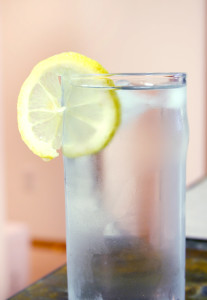
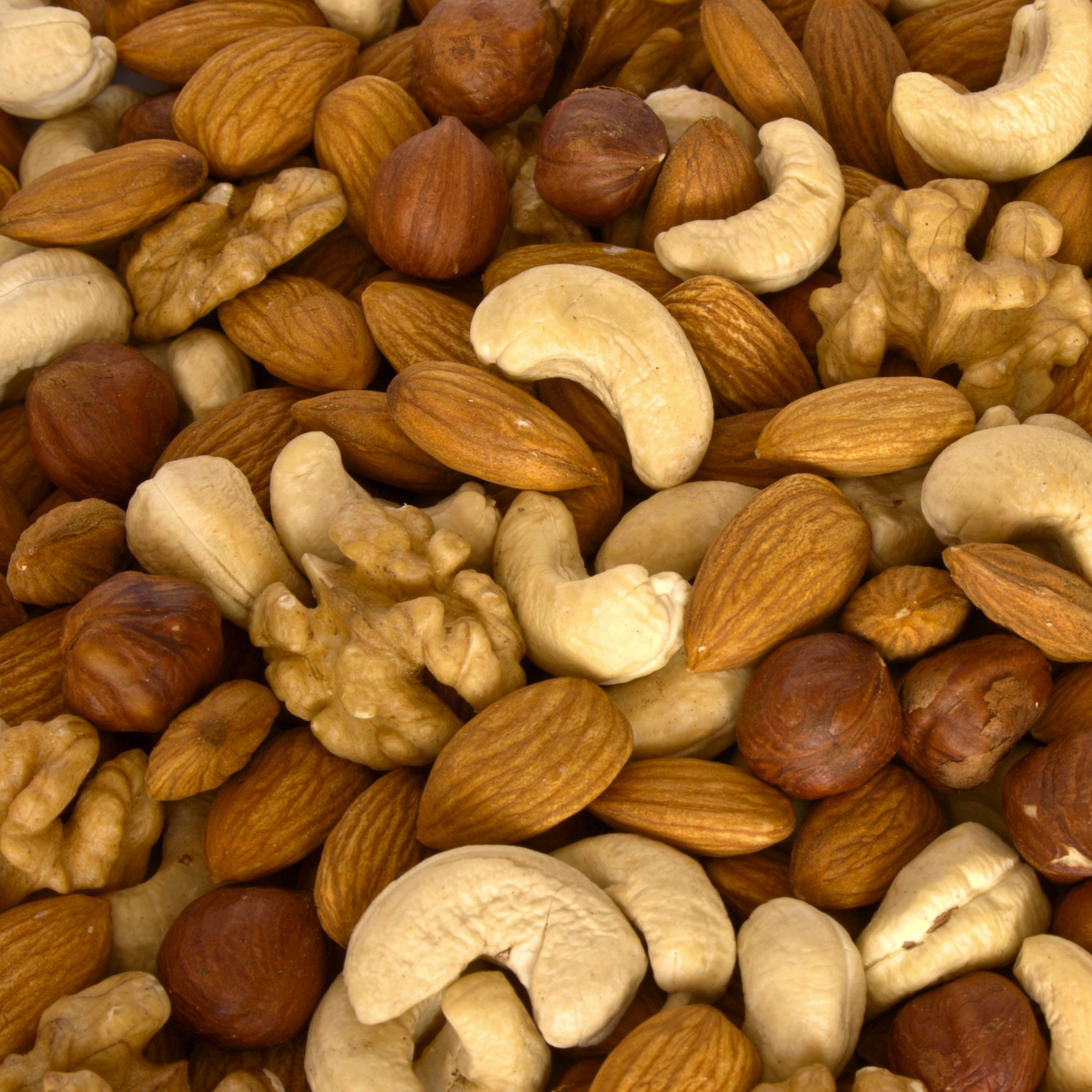
by Michelle Dwyer | Apr 10, 2013 | Blog, Health, Nutrition
A recent study published in The New England Journal of Medicine followed over 7,000 people in Spain to examine the link between the Mediterranean diet and cardiovascular risk. The results showed that a diet rich in olive oil or nuts corresponded to about a 30 percent lower risk of having a heart attack, stroke or dying from a cardiovascular cause.
That’s great news and just confirms previous studies linking the Mediterranean diet to better health. So enjoy those healthy fats. They are good for you!
Remember that the Mediterranean diet is also rich in fish, grains, nuts, fruits and vegetables. And the diet is low in dairy products, red meat and processed foods.
So not all fats are created equal.
If you were around in the 1990s like I was, you will remember the “fat-free” craze that hit the nation. Many of us grew up with a two-fold misguided belief system about fat: 1. That all fat is bad, evil, will make you die and 2. That as long it is “fat-free” you can eat as much as you want.
How wrong we were. This mentality led to many of us overeating sugary, processed foods that in any amount were not providing us any nutrients and at these larger amounts, may have been doing us harm.
Now it is clear we need the healthy fats—like the kind found in olive oil, avocados, nuts and fish—to help us maintain a strong heart and leaner body.
Is there any kind of fat you ALWAYS need to avoid? YES! Trans-fats and hydrogenated fats found in margarine, Crisco, most fast food, and many processed baked good. For information on health consequences of trans-fats, stay tuned for my upcoming blog post!
And here is the NPR post about the study if you want to read more!
